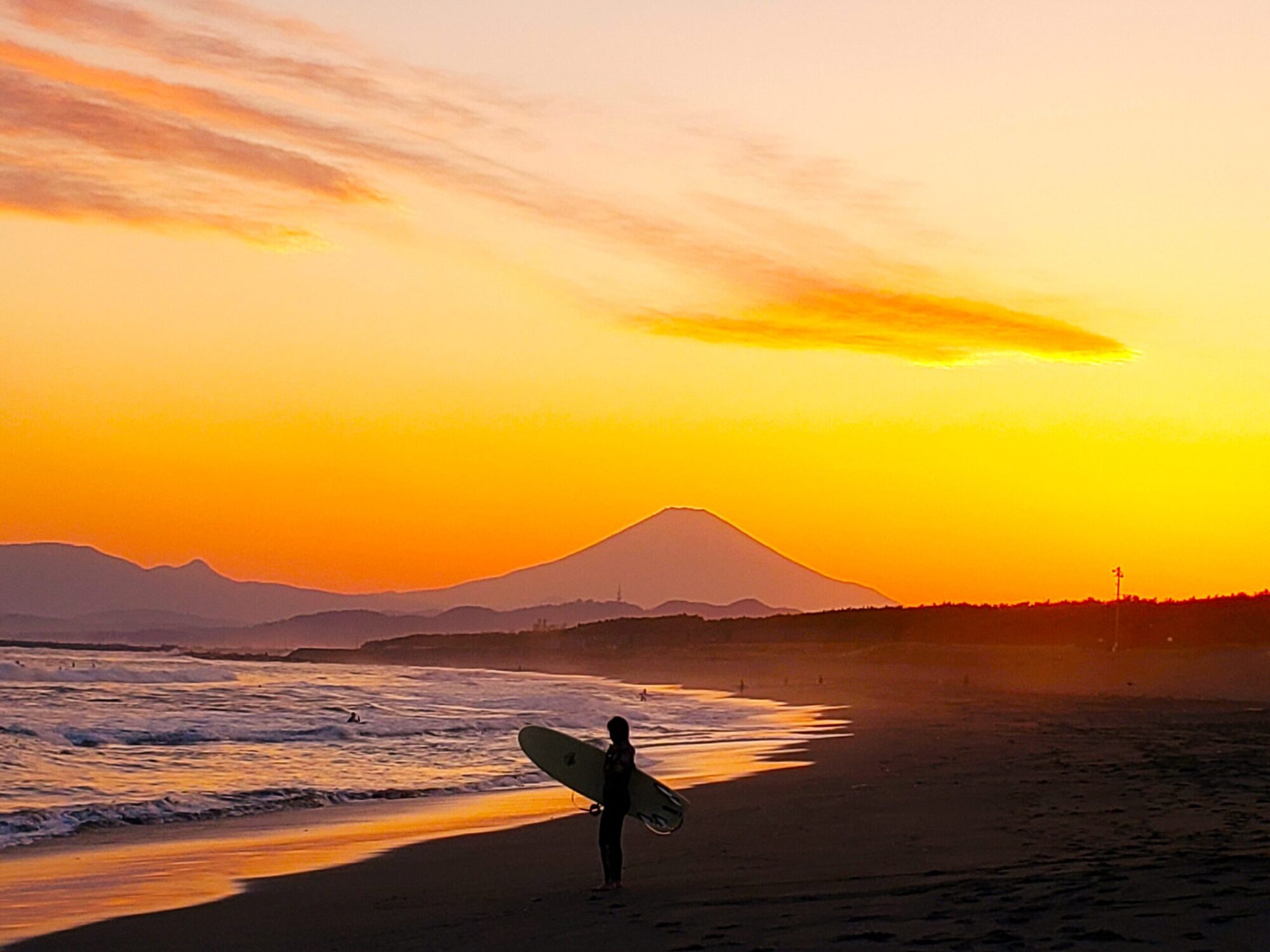彼岸花が咲いた。暑い日が続いているが、季節は移ろっている。今日の風はどこか涼しい。小さい秋が来たようだ。夏の思い出を集めてみた。もう少ししたら夏の暑さが懐かしくなるのだろう。
秋風はまだこえかねつ雲の峰 子規
The equinoctial flowers have bloomed. Hot days continue, but the season is changing. The wind is somewhat cool today. Little autumn seems to have come. Here are my summer memories. I will miss the summer heat soon.
彼岸花開了。炎熱的天氣仍在繼續,但季節正在變化。今天的風總覺得涼快。小秋天來了。收集了夏天的回憶。再過一會兒就會懷唸夏天的炎熱了吧。














































































































































